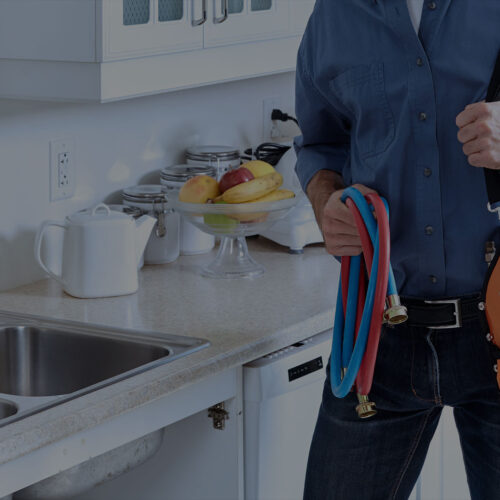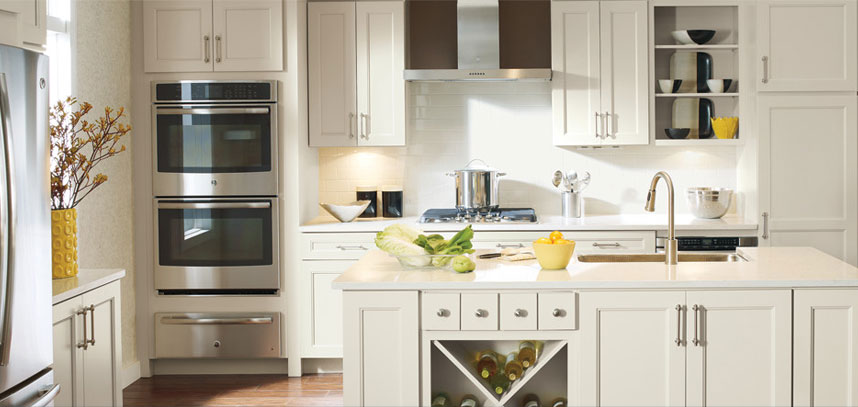Dealing with plumbing issues is almost a rite of passage for homeowners. It can range from the mildly annoying dripping faucet to a major pipe burst that threatens to turn your basement into a swimming pool.
Beyond the inconvenience, neglected plumbing problems can lead to significant water damage and costly repairs. Thankfully, some of the most common plumbing woes have straightforward fixes that you can DIY before calling a plumber. In this blog, let’s cover typical Emergency Plumber Cheltenham issues that disrupt home plumbing systems and provide step-by-step guides to solving them.
Common Plumbing Issues Homeowners Face
Plumbing problems are as inevitable as the setting sun, especially for homeowners. Over time, regular wear and tear can lead to a variety of issues that, if left unchecked, can result in significant inconvenience and expense. Two of the most common annoyances you might encounter are leaky faucets and clogged drains. Understanding these issues can help mitigate the problem early before they escalate.

Leaky Faucets
A leaky faucet is not only annoying but can also lead to wasted water and increased bills. Typically, faucets begin to leak due to worn-out washers or gaskets, corrosion, or improper faucet installation. It’s a problem that frequently surfaces in kitchens and bathrooms, and if you’ve ever tried to fall asleep with a constant drip in the background, you know how urgent this issue can become.
Clogged Drains
Clogged drains are another prevalent problem faced by homeowners. They can occur in any plumbing fixture, including sinks, bathtubs, and showers, often caused by an accumulation of debris like hair, grease, soap scum, and foreign objects.
Over time, this buildup can severely restrict water flow, potentially leading to backups and overflows that can create serious water damage and a breeding ground for bacteria.
How to Fix Leaky Faucets
Fixing a leaky faucet might seem daunting, but with the right tools and a bit of know-how, it’s a manageable DIY task that can save you from the cost of hiring a plumber. Here are the steps you can take to fix that annoying drip once and for all.
Gather Necessary Tools
Before you start, gathering the essential tools and materials is critical to ensure a smooth repair process. You will typically need:
- A set of adjustable wrenches or a basin wrench
- Screwdrivers (both Phillips and flat-head)
- Replacement washers and O-rings (ensure they are the correct size and type for your faucet)
- Penetrating oil (such as WD-40) to loosen tough nuts and screws
- Plumber’s tape
- A cloth or towel to clean up any spills and protect the faucet finish
- A bucket or container to catch any dripping water
Identify the Type of Faucet
There are several types of faucets, and each has a slightly different repair process. The most common types include:
- Compression: This faucet relies on rubber washers that seal the valve seat.
- Ball: Utilises a single handle that moves over a ball-shaped cap to control the flow and temperature.
- Cartridge (Sleeve): Cartridge faucets are available in both single and double-handled variants.
- Ceramic Disk: Uses a ceramic cylinder that controls the discharge of water and is known for its durability.
Identifying your faucet type is crucial as it dictates which parts may need to be replaced.
Step-by-Step Instructions for Repair
- Turn Off the Water Supply: Before beginning any repair, ensure the water supply to the faucet is switched off. This is typically done via the shutoff valves under the sink. Open the faucet to drain any remaining water.
- Plug the Drain: Use a sink plug or a cloth to block the drain. This prevents any dropped screws or small parts from disappearing down the drain.
- Remove the Handle(s): Take off the handle or handles. This might require unscrewing a set screw with a screwdriver or Allen wrench. If the screws are hidden, they might be under a decorative cap that needs to be gently pried off.
- Disassemble the Faucet: Depending on your faucet type, this step might involve removing the nut with a wrench and carefully taking out the stem or cartridge. Keep track of how each part is removed, as reassembly will be the reverse of disassembly.
- Replace Worn Out Parts: Inspect each part as you remove it. Look for worn-out washers, O-rings, or gaskets that need replacing. Apply penetrating oil if you encounter any parts that are difficult to remove.
- Reassemble the Faucet: Once all the necessary parts have been replaced, reassemble the faucet in the reverse order that you disassembled it. Be careful not to overtighten screws and nuts, as this can damage new parts.
- Test the Faucet: Once reassembly is complete, turn the water supply back on and test the faucet for leaks. If it still leaks, you may need to disassemble again and check that all parts are secure and properly positioned.
- Final Checks: Once you’re satisfied that the leak is fixed, give everything a final wipe down and admire your handiwork.
Now that you’ve learned about some common plumbing issues and how to tackle a leaky faucet, you’re well on your way to becoming a more confident and capable homeowner. Remember, the key to successful home maintenance is regular checks and balances; don’t wait for a full-blown problem before you take action. Happy plumbing!
How to Fix Clogged Drains
Having a clogged drain can be a major inconvenience. Before calling in the professionals, you can try a few methods to attempt clearing the blockage yourself.
Use a plunger
Using a plunger is often the first step in tackling a clogged drain. Make sure the plumber Cheltenham completely covers the drain opening and fill the sink partially with water to ensure a good seal. Apply vigorous up-and-down motion to create suction and dislodge the clog. This method is often effective for minor blockages.
Try a homemade drain cleaner
If a plunger doesn’t do the trick, you can resort to a mild homemade drain cleaner. Combine baking soda and vinegar, two pantry staples, to create an effective cleaning solution. First, pour half a cup of baking soda down the drain, followed by half a cup of vinegar. Cover the drain and let the mixture sit for about an hour. Then, flush with hot water. This method can break down greasy or soapy buildups without the harshness of chemical cleaners.
Call a plumber if necessary
If you’ve tried the above methods and your drain is still clogged, it might be time to call a professional. Persistent clogs could be a sign of deeper plumbing issues that DIY methods can’t resolve. Hiring a plumber ensures the problem is dealt with effectively and can help prevent future plumbing troubles, saving you time and stress in the long run.
Final Words
Dealing with common plumbing issues is an inevitable part of homeownership. By understanding the common problems like leaky faucets and clogged drains, and knowing how to address them, plumber Cheltenham can save you a lot of time, frustration, and potentially significant repair costs.
Remember, while many plumbing issues are manageable with a bit of effort and the right tools, don’t hesitate to call in a professional if you’re dealing with a persistent problem or something beyond your comfort level. Professional plumbers have the expertise to diagnose and fix deeper issues, ensuring your plumbing system remains reliable and efficient.





